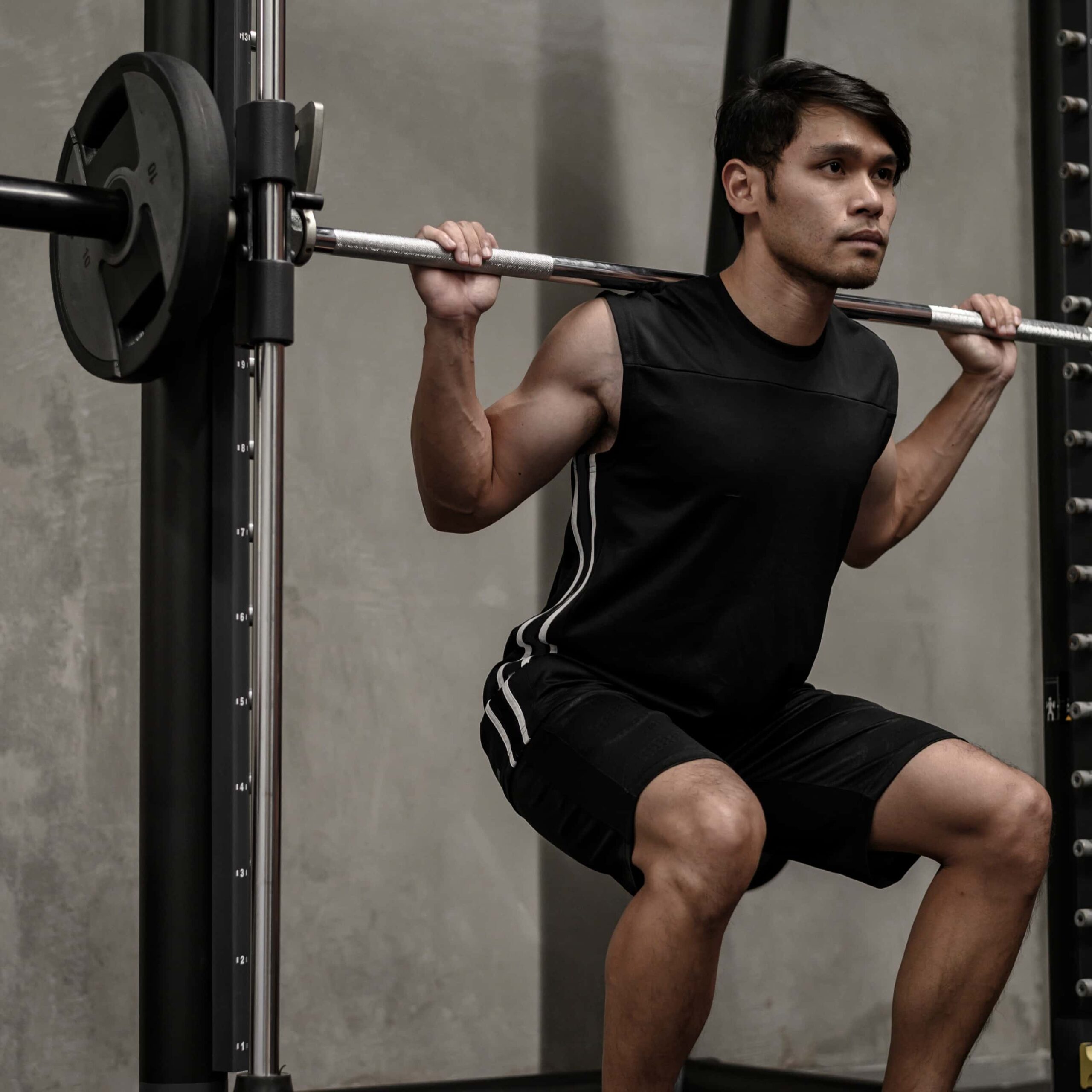The Ultimate Guide to Fitness Words & Terminology
17th Jan 20

Exercise is a huge topic to learn about, and when you really delve deep into what’s out there, it’s way too easy to get lost. It can be even harder when you aren’t even sure what the words people mean when they’re talking about fitness, it can be even harder. We know that first hand. Whether you’re new to exercise or you’ve been hitting the gym for years, understanding is the key to succeeding.
There are always new and improved things coming out every single day, and to make sure that you have what it takes to be able to sue them all to their fullest potential, you need to know what they mean. For that to happen, it’s always a good idea to brush up on your vocab.
We’re not talking about just English here but actually learning gym and muscle building words, in particular, can be a huge help in realising what actually happens to your body when you train, and what all of these different training styles out there actually mean.
Without making things any more complicated than they already are, we’ve tried our best to make a complete guide to fitness words and terminology so that you can get all of this from just one place.
Want to move fast? Jump to the right section below.
The Fitness Terminology Dictionary
A
AMRAP
An abbreviation for As Many Reps as Possible, usually meaning exercise to failure. After that, you literally can do no more.
B
Bulking
Bulking is to gain as much mass as possible by eating more calories and lifting weights to create muscle mass.
C
Callisthenics
To exercise using only your body weight in a variety of different ways. Examples are anything from push ups and pull ups to tricep dips and handstands
Calorie Surplus
Calories more than your maintenance calories; essential for muscle building
Calorie Deficit
Calories under your maintenance calories; essential for weight loss and fat burning
Cardio
Cardiovascular exercise raises your heart rate for prolonged periods of time where oxygen is being used to keep you going.
Compound Exercise
Weight training exercises where more than one muscle is used to move weight, such as a squat or deadlift, where multiple muscles activate.
Cutting
Trying to reduce body fat and other weight through various means like calorie reduction and increased calorie burn.
D
Drop Sets
A set style in an exercise that gradually lowers the weight to push progressive overload.
F
Form
The technique you use in your exercise; how well you can perform an exercise. To have good form is to do the exercise correctly.
Fixed Weights
Weights that are set to a fixed motion range or bound by cables.
Free Weight
Weight like dumbbells, barbells and kettlebells; weights that have free motion and aren’t bound by cables or guides.
H
HIIT
High-intensity interval training. Exercising using a high burst of energy for a short period following by a short rest period, alternating for a full workout.
I
Isolation Exercises
Exercises that use only one muscle/muscle group at a time rather than multiple. Examples include things like bicep curls where no support is coming from elsewhere.
Isometric
Exercise where the user is stationary and holding a position throughout, prolonging contraction. See planks for a prime example.
L
Lean Muscle / Ripped
Lean muscle is muscle mass that is not covered by fat, or having a particularly low body fat percentage. This is what gives the most muscle definition.
LISS
Low-intensity steady-state exercise; exercising at a constant prolonged slow speed to match a higher calorie burn with much less impact. Walking is a great example, instead of running.
M
Macros
Macronutrients; protein, fat, carbohydrates. The building blocks of foods and nutrition.
Micros
Micronutrients; vitamins and minerals that are in various foods
N
Negative Reps
Performing only the eccentric part of an exercise, like bringing the weight down again form a bench press. A spotter is useful here to prevent injury and help rack.
O
One Rep Max
The highest amount of weight you can lift successfully in a single repetition
P
PB / Personal Best
A personal record of achievement for anything you try and do.
Progressive Overload
Performing sets and reps to cause your muscles to go into hypertrophy and grow further.
Plyometric Exercise
Exercises that involved explosive muscle contractions to use massive force quickly. Jumping and clap push-ups are examples.
Pyramid Sets
The inverse of drop sets, with the weight getting higher ever round with decreasing reps.
R
Reps
The performing of an exercise. Doing one exercise 5 times before a break is 5 reps in a set
S
Sets
Collections of reps separated by small breaks or a change in exercise.
Spotter
Someone supporting your weight lifting by physically helping you in case of need or even racking weights for you.
Super Sets
A type of set where two exercises are used in rapid succession each set before a rest.
T
Time Under Tension
How long your muscles are under strain from a contraction due to exercise
Toning
The goal of cutting fat and building muscle to become more defined
V
Volume
The amount of training you undergo rather than the weight at which you train
W
Weight Training
Lifting weights or using weighted exercises to reach your workout goals.
Workout Splits
The plan you use to split up your workouts long term. Examples include push-pull legs or compound from/back splits
All of this doesn’t even cover half of the stuff you need to know, but for some, it’s a great place to start. Good luck with your newfound fitness words knowledge!
Remember to check back again soon too, since fitness words and terminology changes constantly, and there are always new words being added to peoples gym vocabulary!

Before beginning any exercise or nutrition program, consult your physician, doctor or other professional. This is especially important for individuals over the age of 35 or persons with pre-existing health problems. Exercise.co.uk assumes no responsibility for personal injury or property damage sustained using our advice.
If you experience dizziness, nausea, chest pain, or any other abnormal symptoms, stop the workout at once and consult a physician or doctor immediately.









